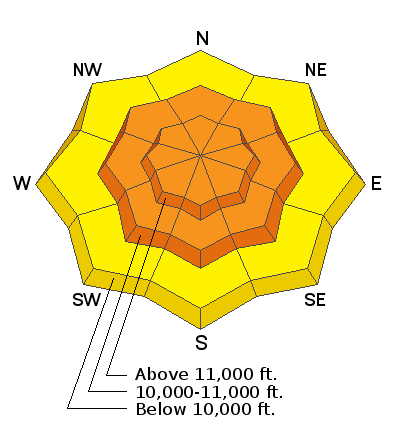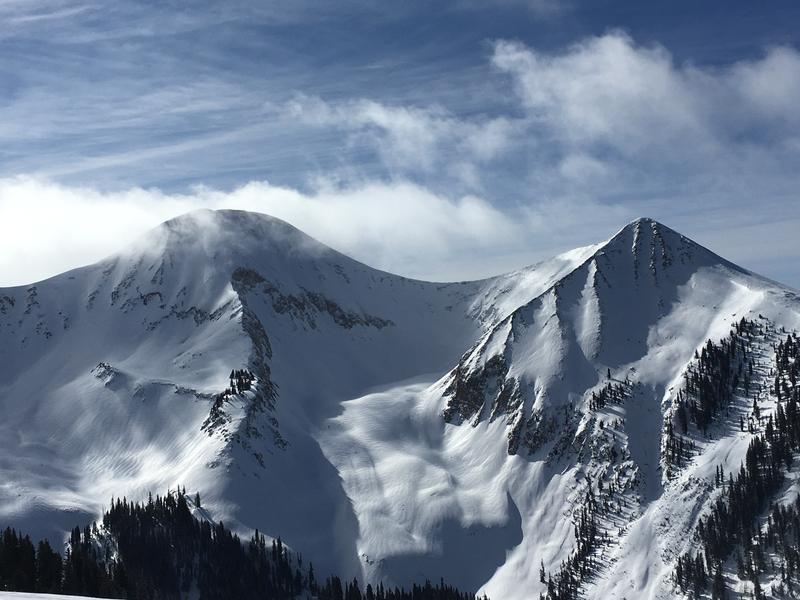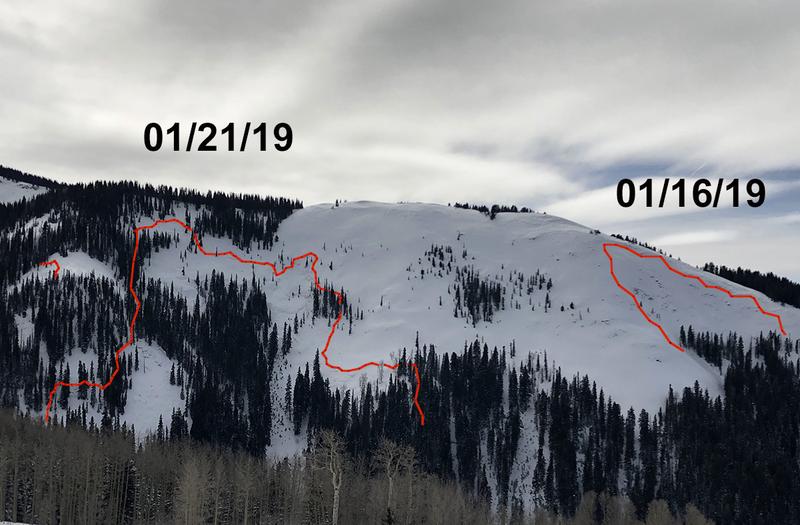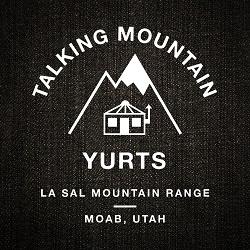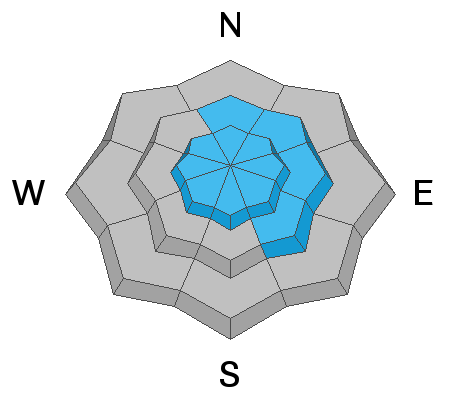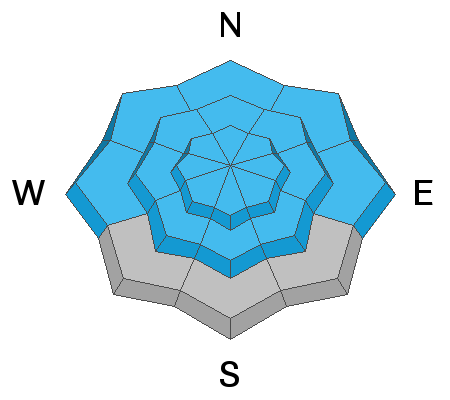We will be offering a Backcountry 101 avalanche course on Feb 8, 9. It's a great way to up your avalanche knowledge with both classroom, and hands on field instruction. Click
here for more details and to register. Much thanks to
Moab Gear Trader for sponsoring this course! Please visit them for all of your winter backcountry needs.
A few clouds are hanging over the mountains, but we should see clearing skies and a bright, sunny day by mid morning. WNW winds are blowing the same that they have been for the last 24 hours, averaging 15-20 mph along ridge tops with occasional gusts to 30 mph. They'll continue to blow like that today. 10,000' temps are in the mid teens and won't get much higher today.
Conditions yesterday were nothing short of primo in wind sheltered terrain. 16" of low density snow fell on Monday night, and deep powder can still be found below tree line on sheltered slopes and meadows. Strong NW winds during the storm moved lots of snow around, and the higher alpine terrain is a mix of deep wind drifts and scoured surfaces, neither of which hold appeal. Keep it low and sheltered for both safe, and quality.
I received a couple good observations from yesterday including this one from
Dave Garcia, and another from a
visitor I chatted with at the Trans La Sal trailhead. He reported lot's of collapsing on his way to Noriega's West Glade, as well as a recent avalanche in the Corkscrew Glades.
Base depth in Gold Basin: 60"
Lots of wind drifted terrain in the high country. You're going to want to continue to stay out of places that look like this. Dave Garcia photo.
Monday's storm brought another round of avalanche activity, though not as widespread as I would have expected. For the most part, avalanches failing on a persistent weak layer appear to have happened on slopes that haven't run yet, and the range seems to be coming a part piece by piece. One notable exception was a reported repeat running slide in Lone Pine.
This photo I took of Noriega's Face yesterday illustrates the piecemeal avalanche activity of the past several weeks. Exxon's Folly has come apart in similar fashion. The take home for me is that deep and dangerous avalanches are still possible on slopes that haven't run yet. For more on recent avalanches see
Dave Garcia's report.

